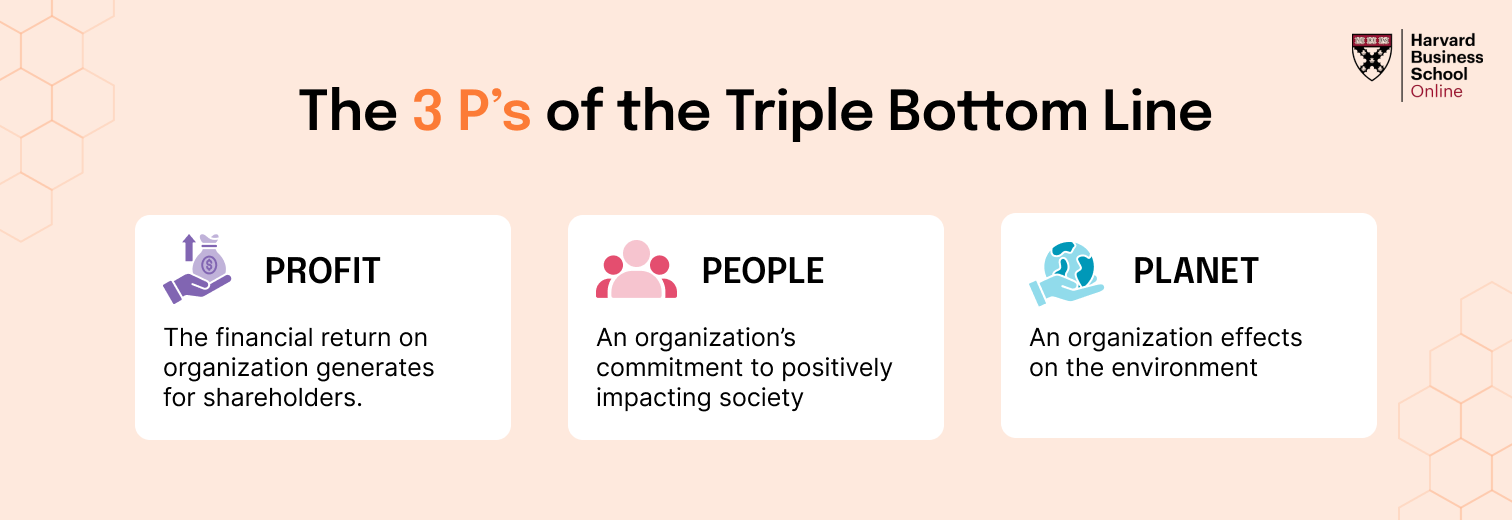In my journey as a leader, I’ve learned that navigating the calm seas is easy. It’s in the eye of the storm that true leadership is forged. Today’s work environments are a perpetual tempest of change, uncertainty, and unprecedented challenges. In such a landscape, I’ve found that resilience isn’t just a “nice-to-have” – it’s the single most critical leadership skill. Resilient leaders don’t just weather the storm; they harness its energy to build teams that can adapt, recover, and emerge stronger.
So, how do we, as leaders, cultivate this resilience in our teams? It’s a question I’ve pondered and practiced for years. This article is my attempt to share five practical, proven strategies that I’ve seen work wonders in top-performing organizations, backed by research and real-life examples.
ALSO READ: 5 Sources To Draw Resilience From
Why Resilience Matters in Leadership
Table of Contents
Before we delve into the “how,” let’s anchor ourselves in the “why.” I remember reading a 2023 McKinsey report which found that teams with high resilience are 22% more productive and 27% more engaged during periods of change. Those numbers resonated deeply with my own experiences. Resilient teams don’t just bounce back from setbacks faster; they stay emotionally regulated, are more open to learning, and are more innovative. For me, fostering resilience is about:
- Building psychological safety
- Encouraging adaptability
- Promoting emotional intelligence
- Modeling calm under pressure
Let’s explore how to bring these to life.
1. Model Resilience Through Your Own Behavior
I’ve always been a firm believer in the words of Simon Sinek: “Leadership is not about being in charge. It’s about taking care of those in your charge.” Resilience, like most cultural cornerstones, starts at the top. Your team is always watching, always learning from how you respond to stress, failure, or uncertainty. Your actions in these moments are more powerful than any memo or meeting.
How to Do It:
- Share your scars: I make it a point to share my own setbacks and how I overcame them. This isn’t about seeking sympathy, but about showing that vulnerability is a strength and that failure is a part of the journey.
- Be a solution-seeker, not a blame-thrower: When a crisis hits, my focus is always on “what’s the solution?” rather than “who’s to blame?”. This creates a culture of problem-solving, not finger-pointing.
- Acknowledge emotions, but don’t let them drive: I’m human, and so is my team. We all have emotions. I acknowledge them, validate them, but I don’t let them derail our decision-making process.
A powerful real-world example of this is Airbnb CEO Brian Chesky’s transparent letter to employees during the pandemic. He explained the difficult decision of layoffs with accountability and empathy, a move that was widely praised for its humanity.
Also Read: 10 Essential Leadership Qualities
2. Create Psychological Safety
A resilient team is a team that feels safe. Safe enough to speak up, to take risks, to admit mistakes, all without fear of judgment or retribution. I’ve worked hard to cultivate this in my teams, because I know that the best ideas often come from the most unexpected places, and those ideas will never surface in an environment of fear.
How to Do It:
- Open the lines of communication: I encourage open communication and feedback in all directions. I make it clear that every voice matters.
- Respond to mistakes with curiosity, not criticism: When a mistake happens, my first question is always “What can we learn from this?” not “Why did you do this?”. This reframes mistakes as learning opportunities.
- Prioritize mental and emotional health: I hold regular check-ins with my team members, not just to discuss work, but to see how they’re doing on a personal level.
Tool to Use: I’ve found “Resilience Roundtables” to be incredibly effective. It’s a 30-minute monthly team meeting where we share recent challenges and how we coped. It’s a simple yet powerful way to build trust and shared understanding.
Also Read: How Leaders Can Foster Psychological Safety At Work
3. Promote a Growth Mindset
The concept of a growth mindset, pioneered by Carol Dweck, has been a game-changer for me as a leader. Resilient leaders help their teams reframe failure as a stepping stone, not a stumbling block. It’s about seeing challenges as opportunities for growth, not as threats.
How to Do It:
- Celebrate the process, not just the outcome: I make it a point to celebrate progress, effort, and learning, not just the final result. This encourages experimentation and risk-taking.
- Debrief, don’t defeat: After every project, successful or not, we do a debrief. The key question is always “What did we learn?”.
- Ditch the perfectionist language: I avoid language that implies perfection is the goal. Instead, I talk about striving for excellence and continuous improvement.
As Henry Ford once said, “Failure is simply the opportunity to begin again, this time more intelligently.” That’s the essence of a growth mindset.
Also Read: Nurturing A Growth Mindset
4. Invest in Continuous Learning & Adaptability
Resilience is not a static trait; it’s a muscle that can be built and strengthened. As a leader, I see it as my responsibility to provide my team with the resources and opportunities they need to grow. Investing in their training and personal development is an investment in the long-term strength of the team.
How to Do It:
- Provide a menu of learning options: I offer a variety of learning opportunities, from microlearning and workshops to mentorship programs. This allows my team members to choose the learning style that works best for them.
- Encourage cross-functional collaboration: I encourage my team members to work on projects with other teams and even to rotate roles. This broadens their skills and perspectives.
- Reward the experimenters: I make sure to reward experimentation, even if it doesn’t lead to immediate success. This shows that I value innovation and risk-taking.
I once heard about a tech startup that introduced “Failure Fridays,” a safe space where teams discuss experiments that didn’t work. This simple practice normalized risk-taking and accelerated innovation.
Also Read: Why Training Alone Isn’t Enough — The Power of Reinforcement in Workplace Learning
5. Support Mental Well-being Proactively
I’ve learned the hard way that burnout is the arch-nemesis of resilience. As leaders, we must be proactive in supporting our teams’ emotional and mental well-being, not just during crises, but as part of our everyday culture.
How to Do It:
- Offer flexibility: I offer flexible work arrangements and time-off policies to help my team members manage their work-life balance.
- Promote healthy boundaries: I encourage my team to set healthy work boundaries and I discourage overwork. I make sure to model this behavior myself.
- Partner with wellness experts: I’ve partnered with wellness coaches and mental health platforms to provide my team with the support they need.
A pro tip that has worked wonders for my team is introducing “No Meeting Fridays.” This gives them dedicated time to recharge, focus, and catch up on their work without the constant interruption of meetings.
Also Read: How To Improve Employee Mental Health And Well Being In The Workplace?
Conclusion: Resilience Is Built – Not Born
Fostering resilience as a leader is not about hanging motivational posters or telling people to “toughen up.” It’s about creating an environment where people can adapt, learn, recover, and grow, together. It’s a continuous, intentional process of building a culture of trust, psychological safety, and continuous learning.
By modeling calm, creating a safe space for vulnerability, and supporting the growth and well-being of your team, you’ll build a team that doesn’t just survive challenges; they thrive on them. This is the heart of modern leadership, and it’s how we build organizations that are not just successful, but also truly human. The workplace challenge of our time is not just about navigating change, but about building the human capacity to do so, and that begins with us, the leaders.
At FocusU, we offer a range of services designed to help you build a more resilient and high-performing team. From leadership development programs to workshops on psychological safety and emotional intelligence, we’re here to support you on your journey to creating a stronger workplace.










